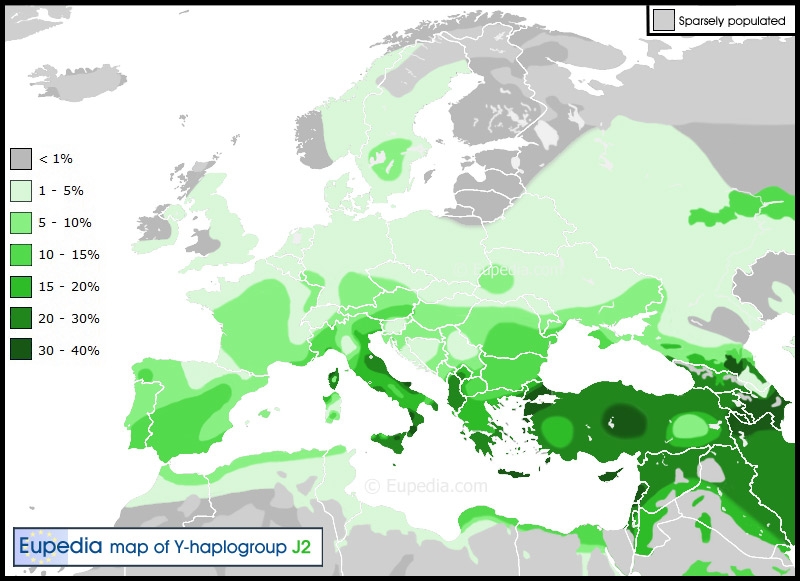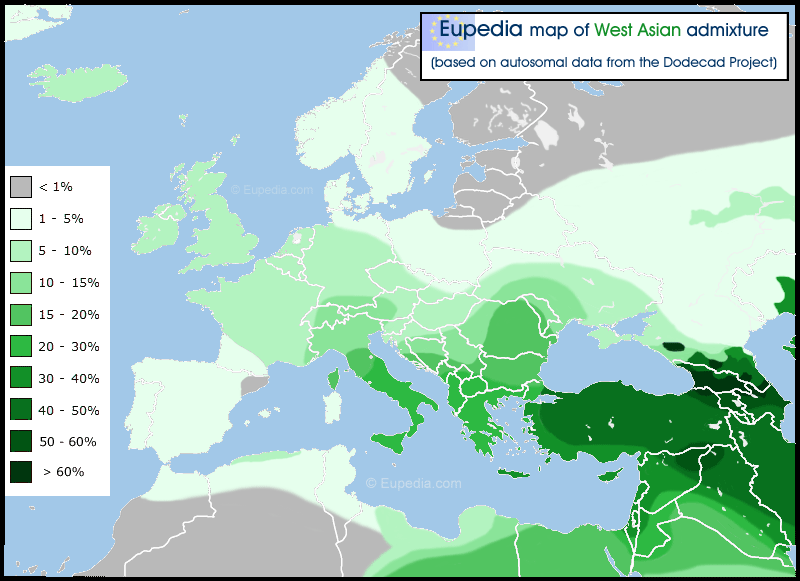Goga
Banned
- Messages
- 2,651
- Reaction score
- 152
- Points
- 0
- Y-DNA haplogroup
- R1a*
- mtDNA haplogroup
- HV1b2
The best argument according to me that R1b is not Indo-European at all is that there is no R1b in India!
INDO-European haplogroups in India are: R1a, R2a, G2a and J2a
Dravidian haplogroups in India are: H, L etc...
INDO-European haplogroups in India are: R1a, R2a, G2a and J2a
Dravidian haplogroups in India are: H, L etc...





